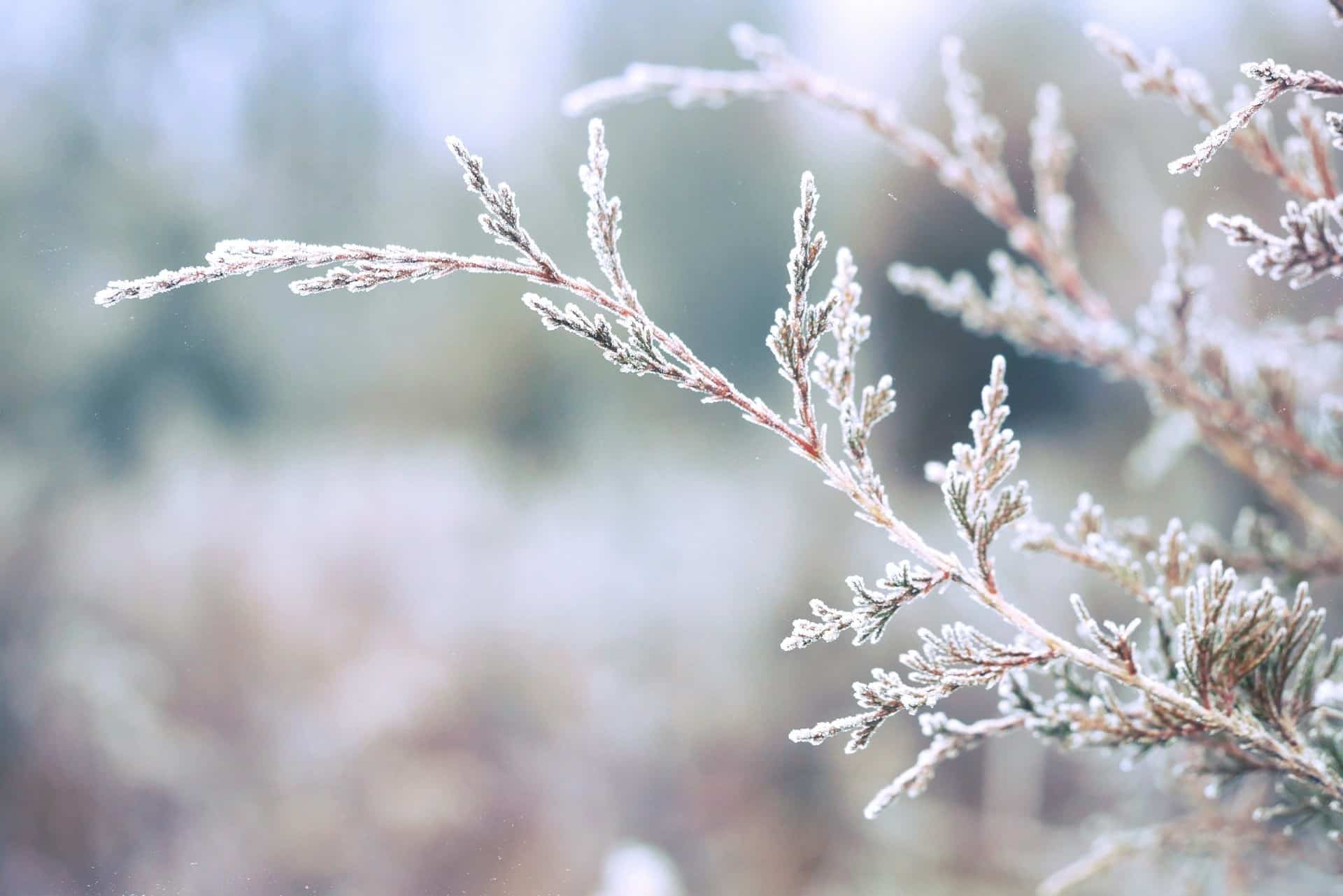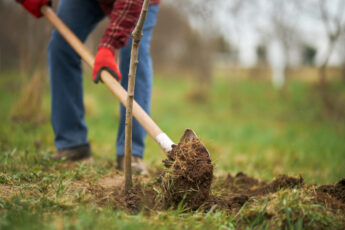Winters in Canada can be tough on your plants. Trees struggle all winter, especially in regions where temperatures can drop very low. Strong winter winds, cold, snow and ice, and the fact that water has left frozen ground can be harmful. This is why many people ask whether they need to cover their trees for the winter. Here, you will find the reasons for protecting trees from the winter months and why some plant species, such as magnolias and azaleas, are more susceptible than others.
The Case for Winter Protection
Winters can be harsh for shrubs and trees, but they are not defenseless. They need your attention and care to survive. Here’s why you play a crucial role in protecting your beloved shrubs and trees in the winter as a homeowner or gardener.
Temperature Extremes: Winter weather can be harsh, with freezing temperatures, freezing winds and heavy snowfall causing serious plant problems. Tender branches and foliage can be damaged without protection, causing stunted growth or even death.
Moisture Loss: Plants lose moisture due to dry, cold air, which can cause dehydration and stress. Evergreen plants and shrubs, mainly, are prone to desiccation in the winter because they keep losing water through their leaves or needles.
Sunscald: Surprisingly, the sun in winter can be just as harmful as real cold. Cold temperatures and strong sunlight can lead to sunscald, a condition where the bark of young trees is damaged due to sudden temperature changes between day and night. This can cause cracks in the bark, making the tree more susceptible to disease and pests.
Pests and Diseases: Although many pests and diseases are less active in winter, some, such as spider mites and certain fungal infections, can still threaten vulnerable plants. It’s important to be vigilant and take the necessary steps to protect your plants.
How to Protect Your Trees and Shrubs in Cold
Count on these tips to protect your plant babies from harsh winter.
Mulching: A layer of mulch added around the roots of young plants, trees, and shrubs is a tried-and-tested method of insulating the soil after the ground freezes and frosts have passed. Mulch keeps the soil from heaving, helping to insulate it, but leaving some breathing room between the mulch and the trunk is essential. Rest assured, this method has proven effective in protecting plants during harsh winters.
Wrapping: Trunks can be wrapped with burlap or tree wrap to protect young or vulnerable trees from sunburn and frost. This procedure can also prevent harm from pests such as rodents.
Pruning: Remove dead or damaged branches before winter to prevent them from becoming a hazard during snow and ice storms. Proper pruning also promotes healthy growth in the spring.
Watering: Both young and old trees need plenty of water throughout the year, but young trees need even more. When the weather is cold and gray, you might think your trees are going dormant and don’t need water, but trees don’t go dormant. Although they hibernate and their leaves fall off, their roots continue to grow and collect water and nutrients from the soil all winter. It’s an integral part of their life cycle, and with enough water, they can accomplish everything they need to thrive in the spring. However, be cautious not to overwater, as this can lead to root rot and other issues.
Anti-desiccant Sprays: Apply anti-desiccant sprays to evergreen foliage to reduce moisture loss through transpiration. These sprays create a thin protective film on the leaves, helping them retain water.
Snow Removal: Carefully brush snow and ice off tree branches and shrubs to prevent them from bending or breaking under the weight. Be careful not to cause further damage to the plants.
Knowing When to be Concerned
Because deciduous trees lose their leaves during the winter, it can be challenging to determine whether a tree is dead or damaged in winter. Often, you will know in spring whether your tree has suffered winter damage. If you think your yard has broken trees or damaged shrubs, here are a few things you can do during the winter to check the health of your plants:
First, look for signs of life outside the shrubs or trees. Dormant trees leave behind tiny leaf buds, indicating that your tree is still alive and preparing to sprout new leaves in the spring. It would be ideal if you also monitor for any symptoms of illness. Are there any severe cracks or open wounds on the trunk? Is there fungus growing on the branches? You can use the branch test to delve a little further if you see external signs of your tree or shrub that make you concerned about its health.
Break off a small branch with your fingernail or knife for the branch test. Gently bend the branch and observe its flexibility. If it is brittle and breaks easily, there is a chance that your tree or bush is dead or dying. Also, check other parts because only one branch or section may be affected or damaged. The layer under the bark should be green and somewhat moist in a living tree or shrub. If you think your tree may be sick, dying or dead, call a professional care professional immediately to inspect the tree.
Protect Your Trees in Winter Without Going Overboard!
A protective barrier can help repel pests and minimize the risk of fungal infections that thrive in damp, excellent conditions.
While taking precautions to protect your trees during the winter is important, you should do it sparingly. Many trees are adapted to the cold and can survive without additional help. Overprotection, including excessive wrapping or mulching, can harm trees and quickly degrade a landscape. Therefore, we should not exaggerate with winter protection and focus only on vulnerable trees.
Count on Greenwood Tree Company for a comprehensive assessment and protection plan for your trees and shrubs. Our services include pruning, mulching, and tree wrapping. Contact us if you have any questions or if you are in need of a tree care quote. Our arborists are waiting to make your garden more beautiful.






